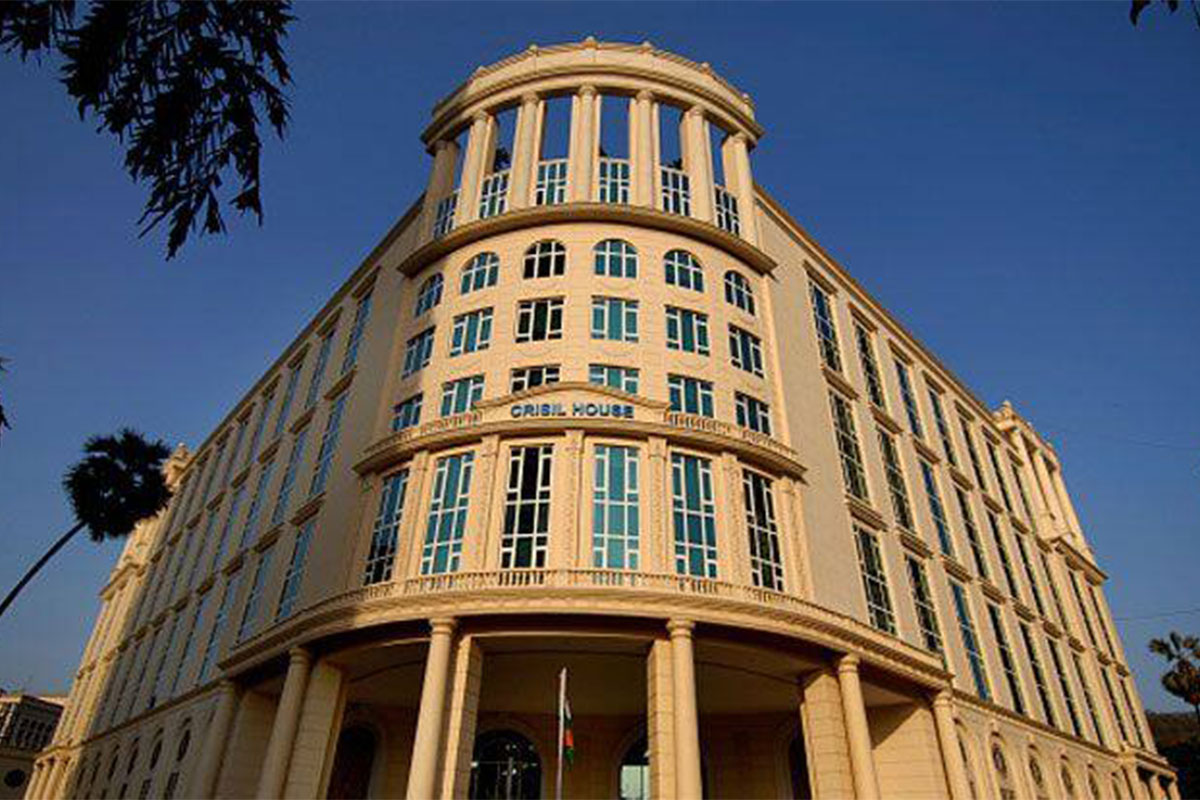The Covid pandemic-induced lockdown and consequent slump in economic activity will hit tax collections of states and result in a near four-fold expansion in their revenue deficits this fiscal, year-on-year, ratings agency Crisil said in a report.
With this, the states’ aggregate gross fiscal deficit (GFD) will not only get expanded to an all-time high of Rs 8.7 lakh crore, or 4.7 per cent of GSDP, but also skew its composition towards revenue deficit which is relatively less value-accretive towards future tax potential, the report said.
Advertisement
Though tax collections are expected to improve slowly with improving economic outlook, higher interest burden because of high debt funding of this year’s GFD, coupled with sticky revenue expenditures, may keep revenue deficits high for states and GFD composition skewed over the next 2-3 years. This will, in turn, increase the credit risk for states.
It may be noted that the Centre had already given extra leeway to states this year to borrow to meet all expenditure requirements. An additional borrowing limit of 2 per cent over and above 3 per cent of gross state domestic product (GSDP) already allowed had been provided to states. This has already pushed up debt burden on states.
A CRISIL Ratings study of 18 states, which account for 90 per cent of aggregate gross state domestic product (GSDP), indicates as much.
Says Manish Gupta, Senior Director, CRISIL Ratings Ltd, “Composition of GFD, apart from its level, is one of the critical indicators of credit quality of states. Higher contribution of capital expenditure (capex) in a state’s GFD composition is viewed positively as it supports capital formation, which improves the state’s tax potential. In this fiscal, revenue deficit of states would contribute 70 per cent of GFD, sharply higher than the average 15 per cent seen over the past five fiscals.”
That is because of 15 per cent year-on-year decline in revenue this fiscal. Revenue expenditures may also remain sticky as these are either committed (related to salaries, pension and interest costs), making it difficult to cut, or have been necessitated by the pandemic (such as grants-in-aid, medical and labour welfare related expenses). High revenue deficit will also compel states to moderate their capex to remain within fiscal borrowing limits, thereby aggravating the GFD skew.
To fund this expanded and skewed GFD, states are likely to borrow more this year. This will increase their indebtedness, but not contribute much towards future tax potential. We expect revenue collections to – at best – reach close to pre-pandemic levels next fiscal, factoring in unlocking that began in July 2020 and our forecast of real GDP growth of 10 per cent for India next fiscal, the report said.
Ankit Hakhu, Director, CRISIL Ratings Ltd, said “The rising interest obligations due to higher indebtedness coupled with modest revenue collections will weaken interest cover of the states to 5-6 times over the medium term from 7.7 times in fiscal 2020. Further, while states’ capex is expected to rise next year within the available fiscal space, its impact on tax potential will only be visible in subsequent years.”
Meanwhile, high and sticky revenue expenditures will continue to skew the GFD composition, with revenue deficit contributing to 30-40 per cent of GFD over next few years, higher that the average of fiscals 2016-20. This skewed GFD composition, along with weak interest cover, will constrain the credit outlook for the states.
A strong and sustained revival in tax collections going forward and ability of states to step up capex to rebalance the composition of GFD will remain key monitorables.
GFD is primarily composed of capex, net lending and revenue deficit.
